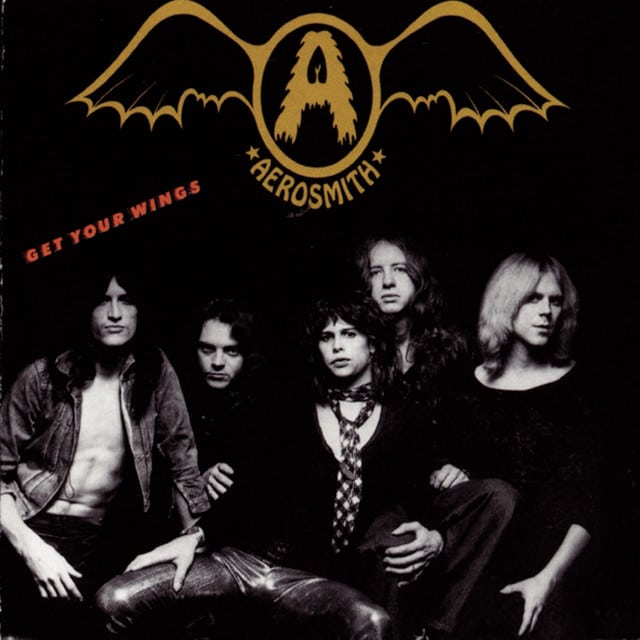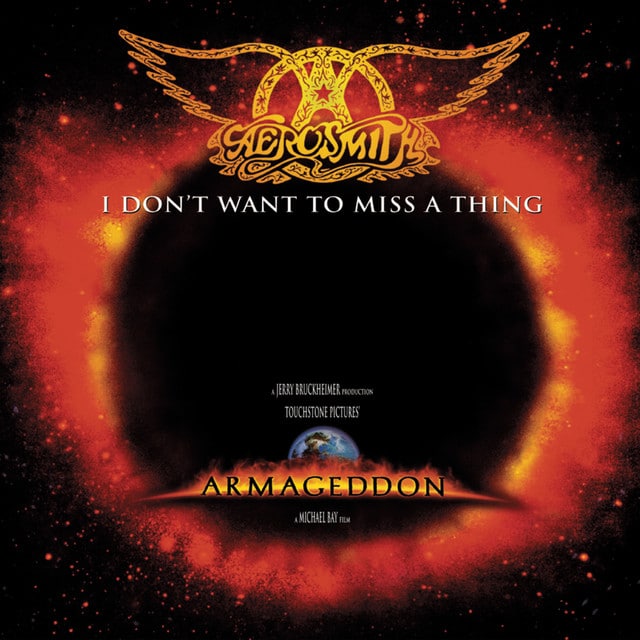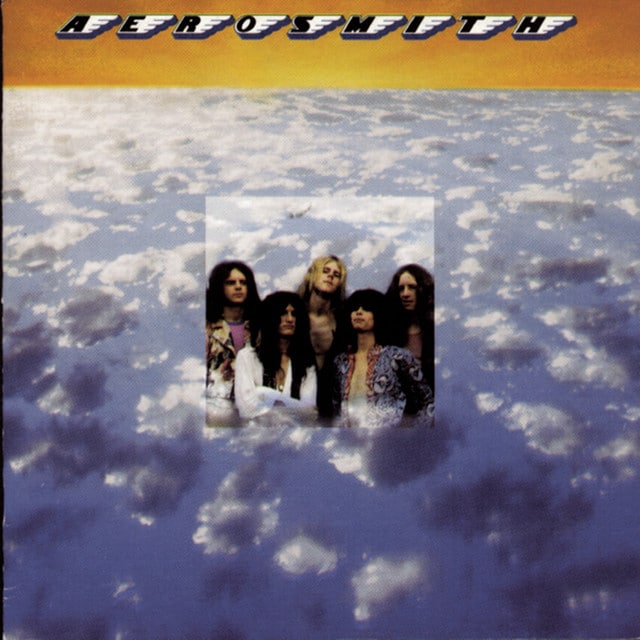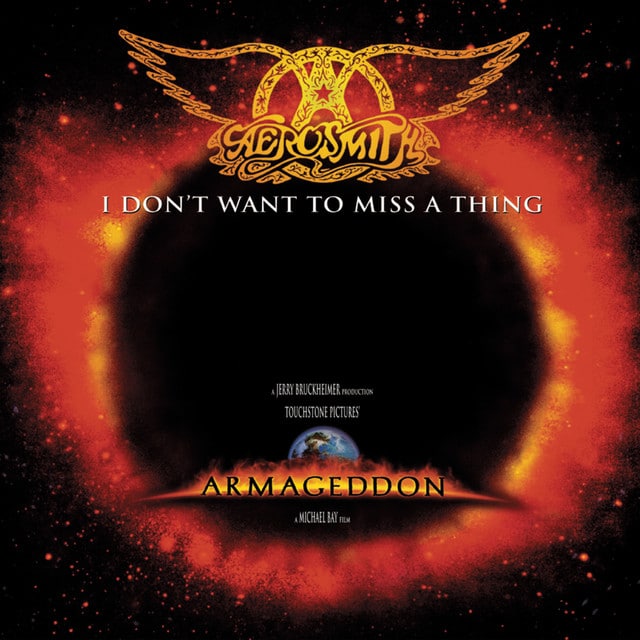Released: 1974
“Same Old Song and Dance” by Aerosmith isn’t just your run-of-the-mill rock track; it’s a gritty narrative set to the tune of some of the most electrifying riffs and rhythms that Steven Tyler and Joe Perry could muster. At its core, the song delves into the cyclical nature of destructive behavior, underscored by a mix of legal and personal troubles. It’s a raw, unfiltered look at how life’s vices and the system’s injustices keep pulling individuals back into a loop, from which escape seems like a pipe dream.
The opening lines, “Get yourself cooler, lay yourself low / Coincidental murder with nothing to show,” throw us right into the thick of the underworld—a place where keeping a low profile is key to survival, yet even the most cautious can find themselves caught in situations with fatal outcomes. The mention of “coincidental murder” alongside the image of a judge suffering from “constipation” going to his head plays with the theme of justice being not only delayed but often entirely derailed by personal biases and incompetency. In this context, the “wife’s aggravation” could be a metaphor for domestic issues becoming fatally intertwined with the justice system’s failures.
The chorus, “It’s the same old story / Same old song and dance, my friend,” is a lament on the repetitive and predictable nature of these troubles. Whether it’s getting caught with cocaine and a gun, or the constant reference to the impossibility of finding true love “on the south side of town,” the song underscores a fatalistic view of life where, despite the desire for change, things remain the same—trapped in a loop of misfortunes and societal failures.
The bridge, “Fate comes a-knockin’, doors start lockin’ / Your old-time connection change your direction,” speaks to the moment of potential change that quickly closes as old habits or “connections” pull one back into the fray. Aerosmith’s choice to use “can’t stand the pain when it’s all the same to you, my friend,” speaks volumes about the numbing effect of constant struggle against an unchanged, and perhaps unchangeable, background of personal and societal issues.
Lastly, the song touches again on the semblance of seeking something more, something meaningful in a hard lifestyle (“With your old hurdy-gurdy no one to meet”). Yet, the consistent return to the chorus “It’s the same old story, same old story / Same old song and dance” serves as a stark reminder that for many, the cycle of struggle is relentless, with societal and personal demons keeping one in a stasis of despair.
In “Same Old Song and Dance,” Aerosmith cleverly uses rock as a medium to critique the cyclical nature of societal and personal degradation, illustrating not just a story, but a pervasive condition through powerful guitar solos and piercing lyrics. The song is both a reflection on and a manifestation of the rock ‘n’ roll lifestyle—glamorous and destructive in equal measure, always promising change that seldom comes. It’s a raw anthem for the disenfranchised, a mirror to the darker side of the rock ‘n’ roll dream, and a testament to Aerosmith’s ability to meld complex themes with compelling music.








